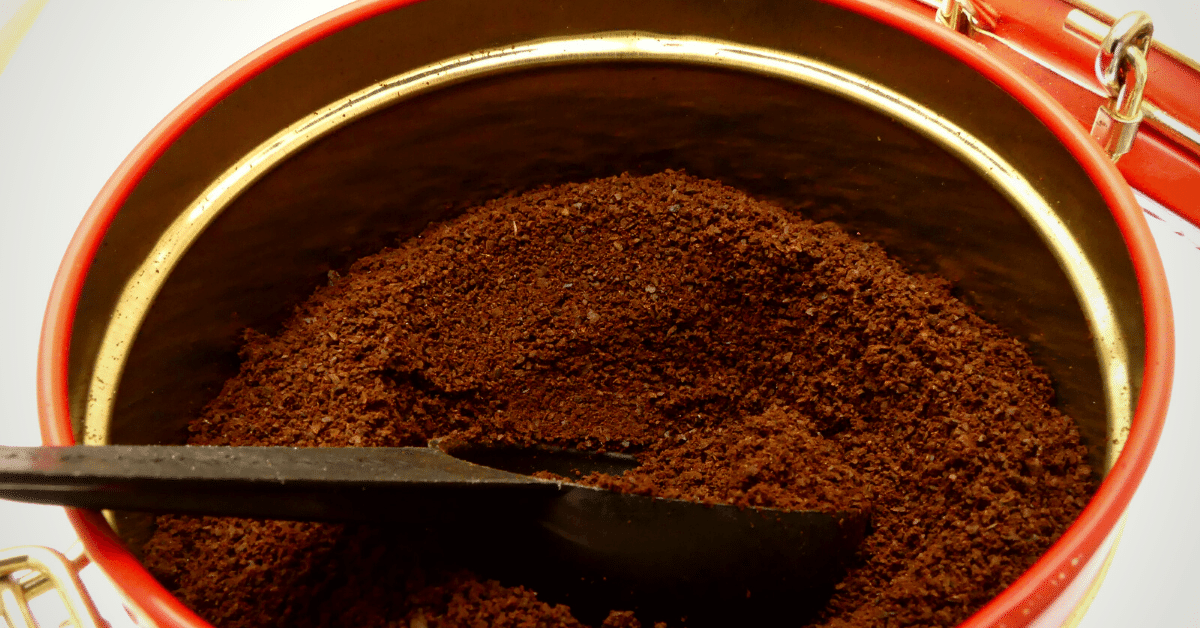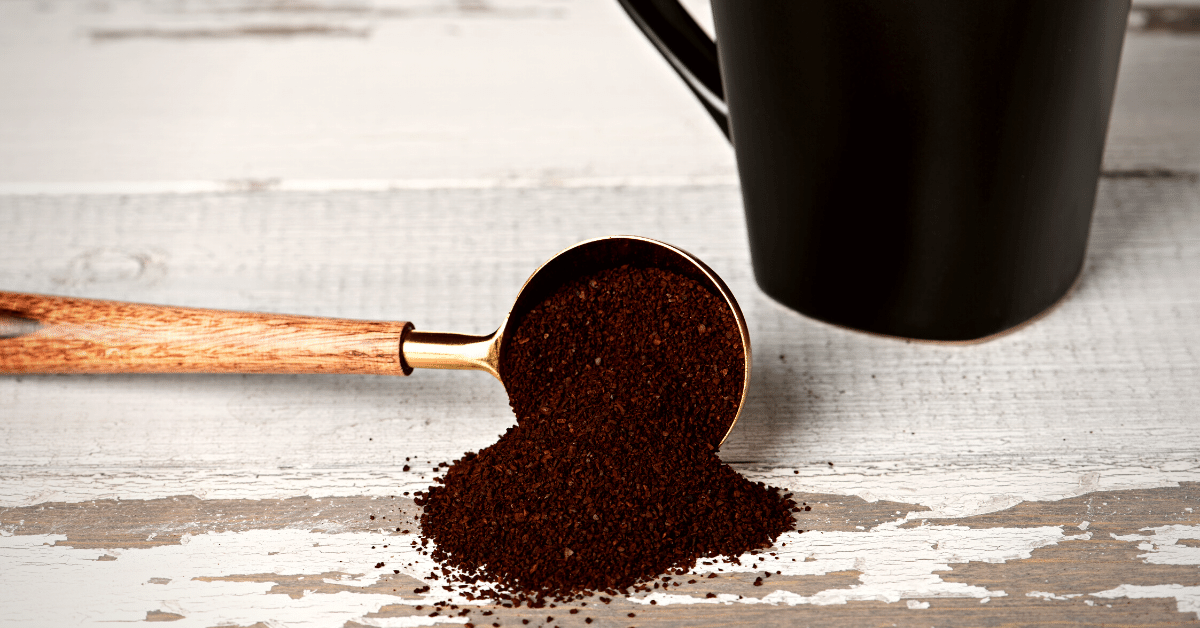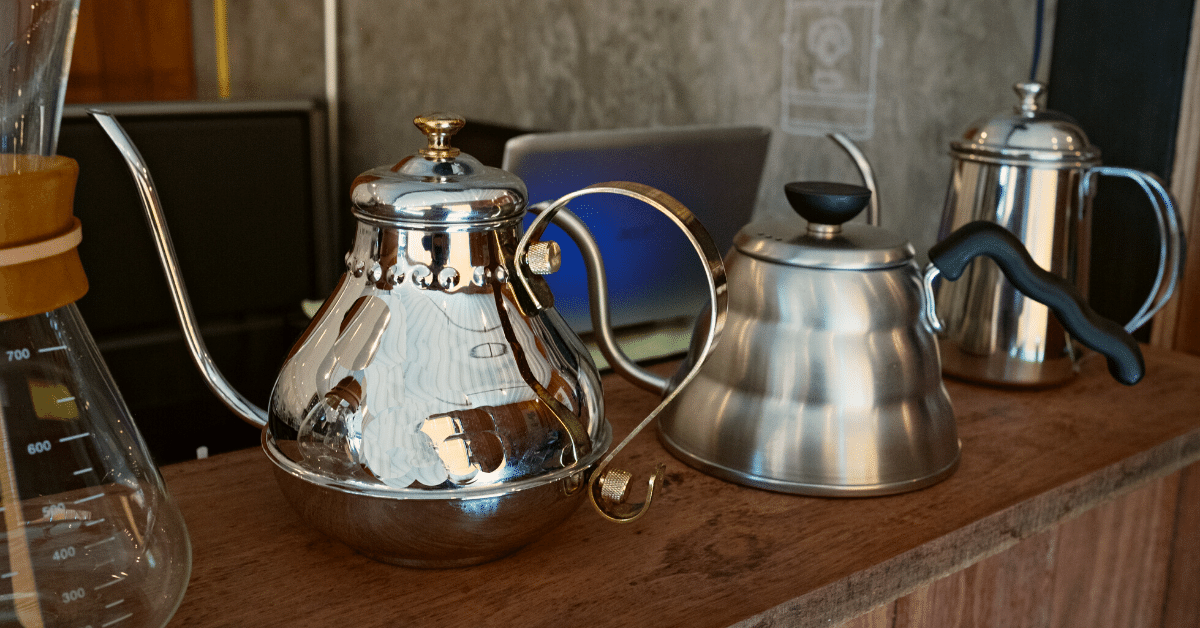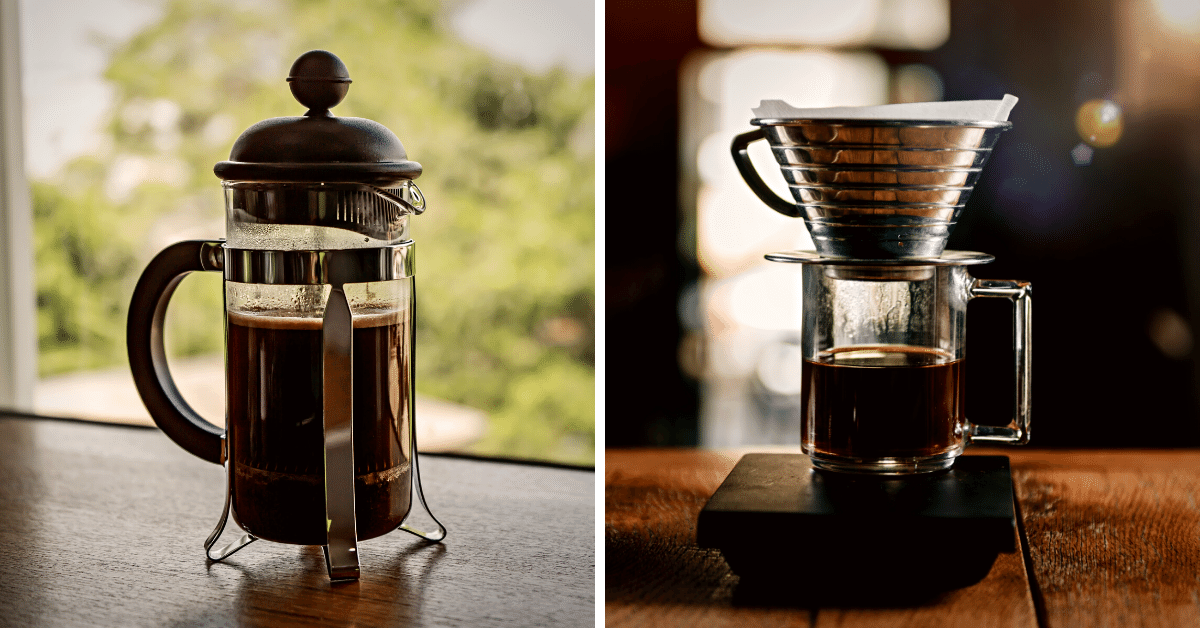Do you know how to open a bag of coffee properly? Check out our guide and discover the best and easiest way to open your coffee bag.
Are you one of those people who open packaging with your teeth?
While that’s surely one way to do it, it’s definitely not the best one – when it comes to coffee bags.
You see, most of them are designated to be resealed and used for storing coffee as well.
After tons of trial and error, I’ve figured out how to open a bag of coffee the right way.
Today, I’ll share with you exactly what you need to do.
Let’s dive in.
The Best Way to Open a Sealed Bag of Coffee
I’m sure the first thought that pops up in your head is – does it matter?
Well, it does. Theoretically, you could shred the bag into pieces, but if you want to reuse it for storing coffee after that, it matters how you open it.
Nowadays, the majority of coffee roasters pack their products into airtight and sealed bags.
Having a seal is really the key here, as it allows the coffee bean (or ground coffee) to retain the original flavor and aroma for a longer time.
Now that we have that out of the way let’s talk about how to open a sealed bag.
You may encounter two most common ways coffee bags are sealed. One uses zippers and features a tear notch, and the other uses tape and a tin tie. I’ll explain how to open each of them individually.
The one that features a zipper is as straightforward as it gets.
- Did you notice that the top of the bag has a section that can be ripped open? That is easily done with your hands.
- Once you remove the tear notch, you’ll see that the inside of the coffee bag is closed with a zipper. This allows you to open and close the bag whenever you want with ease.
There are two common types of zippers used for this kind of packaging.
The first one is a hook-and-loop zipper, which is similar to Velcro tape. This one is pretty easy to open and close, and you don’t have to align both sides perfectly. Plus, you could get coffee grounds stuck in between, and it will still close down properly.
However, this type of zipper isn’t entirely airtight.
The other type of zipper is the classic pocket zipper you get with many resealable packaging.
When closing down a bag with this kind of zipper, you need to align both sides perfectly to make that happen. If there are coffee grounds stuck in between, that won’t work unless you clean it. But once closed, the pocket zipper makes the bag airtight.
Alright, we’ve covered zippered bags. But what about taped ones? Here’s what you need to do in that case:
- First, turn around the coffee bag so that you’re facing its back side.
- You’ll see that the top is secured down with tape. Pull or completely remove the tape the bag is secured with.
- Now you can unfold the top part, revealing the tin tie and the opening of the bag (which is now heat-sealed).
- To open it, it’s best to use kitchen scissors. Make sure to cut the bag above the tin tie so that you can reuse it again (and we’ll talk about how in the next section).
You might be wondering – why use kitchen scissors for the simple act of opening a coffee bag?
Well, in case the coffee bag is made of paper, then you could probably use your hands to open it. But of course, there’s always a chance of accidentally ripping the whole thing.
And naturally, that would mean spilling coffee all over the counter as well.
However, in most cases, coffee bags are made from sturdy materials, like aluminum or low-density polyethylene. Therefore, ripping the bag with your hands as if it were a bag of chips probably won’t work.
How to Close and Reseal a Coffee Bag?

After you open a coffee bag, you can choose to either transfer the coffee to an airtight container or keep it inside the bag.
In the case of the latter, of course, you have to know how to close and reseal it properly.
Otherwise, the coffee will be exposed to elements (especially oxygen) and will lose its freshness, aroma, and flavor.
So what should you do?
In the case of a zippered coffee bag, that’s pretty clear. Simply put together both sides of the opening, and they will stick one to another, making a seal.
But what to do in the case of taped bags?
Remember the tin tie you see after removing the tape on a coffee bag? Well, that thing is there to help you close the bag.
What you need to do is simply fold the top part of the coffee bag around the tin tie a few times.
You can fold it as many times as you want. I prefer to do it all the way until I reach the content of the bag. The less there’s room for oxygen inside, the slower the coffee will go stale.
Why Do Coffee Bags Have a Hole or a Valve?

You might have noticed that certain coffee bags feature a valve.
What’s that about?
Well, the degassing valve is a one-way vent that allows coffee beans and grounds to release carbon dioxide (CO2) while staying away from oxygen.
You see, the roasting process causes different chemical reactions in coffee.
When exposed to high heat, coffee beans start producing, among other things, carbon dioxide. This gas can get trapped inside the beans, and it gradually gets out – over the course of many days.
Now, imagine storing freshly roasted beans in an airtight bag. As they start releasing carbon dioxide, the bag will slowly fill up with more gas than it was in there when the bag was first sealed.
It doesn’t take a scientist to figure out what will happen here – the bag will burst like a balloon.
One way to avoid that is to seal the bag after the beans degas, which could take up to two weeks.
But as we all know very well – coffee slowly starts degrading the second it’s roasted.
In other words, coffee roasted a few days ago is not as fresh as the one roasted at this moment.
Luckily, a one-way valve is an easy fix here. This nifty feature has three parts:
- Valve body
- Filter
- Rubber disc
The valve body is the part attached to the airtight coffee bag, and it holds the filter and the rubber disc.
Typically, the three parts of the valve remain in an airtight, closed position.
But at some point, the pressure inside the sealed packaging will increase beyond the valve opening pressure. That’s when the seal between the rubber disc and the valve body will be interrupted, and the gas can escape the bag.
Once the pressure inside the bag is low again, the valve closes down and keeps the bag airtight.
How Long Does Coffee Last After You Open the Bag?

As we already established, coffee starts degrading as soon as it’s roasted.
The main culprit is the air, which causes coffee oxidation. But other factors, like moisture and light, also speed up the degradation.
So how long coffee will last depends a lot on the way it’s stored.
When kept in an airtight bag or container and away from temperature, light, and moisture, freshly roasted coffee can last up to two weeks.
But if you were to leave a bag completely open on your counter, that amount of time would be much shorter. So, avoid this if you don’t like the taste of old coffee beans and stale coffee.
I can’t tell you exactly how much shorter, as it depends on the conditions inside your kitchen or pantry, wherever the coffee is stored. But in some cases, coffee can go stale way faster than its expiry date predicts.
NOTE
Roast level influences how long the coffee beans will last. The dark roast will have a shorter lifespan than the light roast, and green coffee beans can last even for a year. If you like to buy beans in bulk, you can try roasting beans at home, so you can have fresh, roasted beans whenever you like.
FAQ
Have other questions related to coffee packaging? Let’s solve them right now. Here’s a quick FAQ that should have your answers.
Why is some coffee vacuum-packed?
Oxygen is the main cause of fast coffee degradation. Vacuum packing means sucking all the air out of the coffee bag and then sealing it to prevent oxygen from reentering. This type of packaging prolonged the freshness of the coffee.
How long does coffee stay fresh in a sealed bag?
Coffee beans can stay fresh in an unopened, sealed bag for up to a year. When it comes to coffee grounds, they last much shorter – up to half a year.
Should you keep coffee in the fridge?
The fridge is not a good place to store your coffee. It’s not cold enough to preserve the freshness. Furthermore, the fridge is also moist and light, which is not the best environment for storing coffee.
To Sum Things Up
Nowadays, most manufacturers pack coffee bags in thick bags made of sturdy materials. For that reason, ripping the bag open isn’t as easy as it may seem.
If the coffee bag features a tin tie, then you’ll need scissors to open the bag.
However, if the bag has a tear notch, then you can do it with your hands only. Simply follow the tearing line to open the bag.
And don’t forget to reseal the bag! It will keep your coffee fresh for a longer time.
Want to keep your coffee as fresh as possible? Check out our top list of the best coffee containers on the market.










